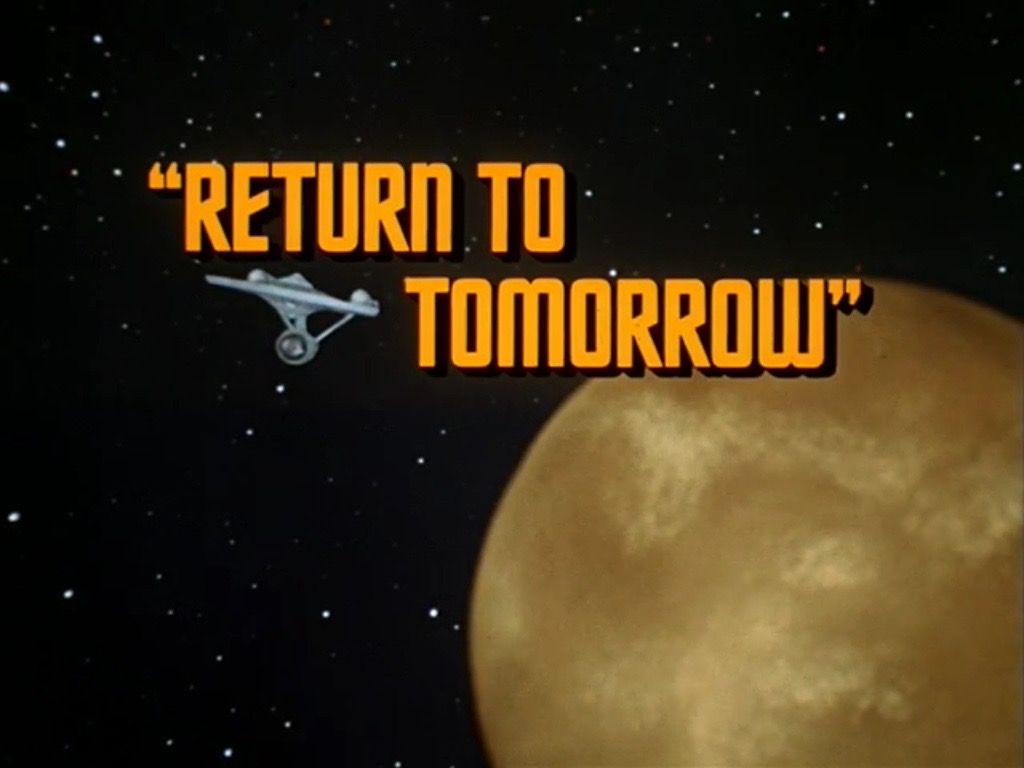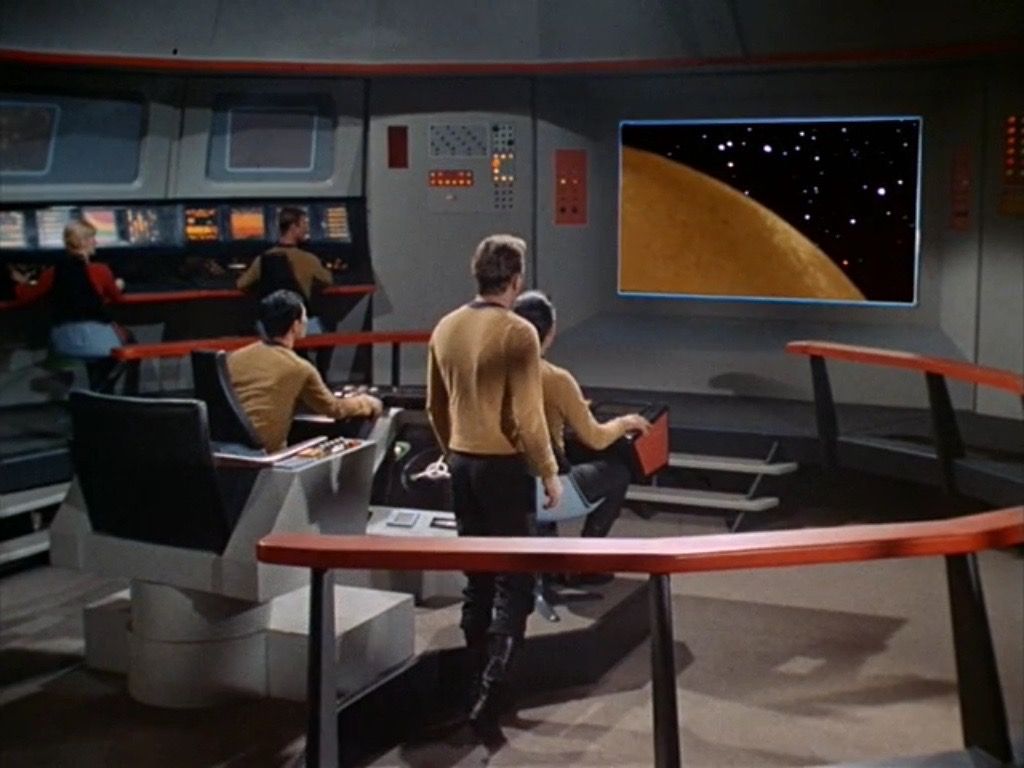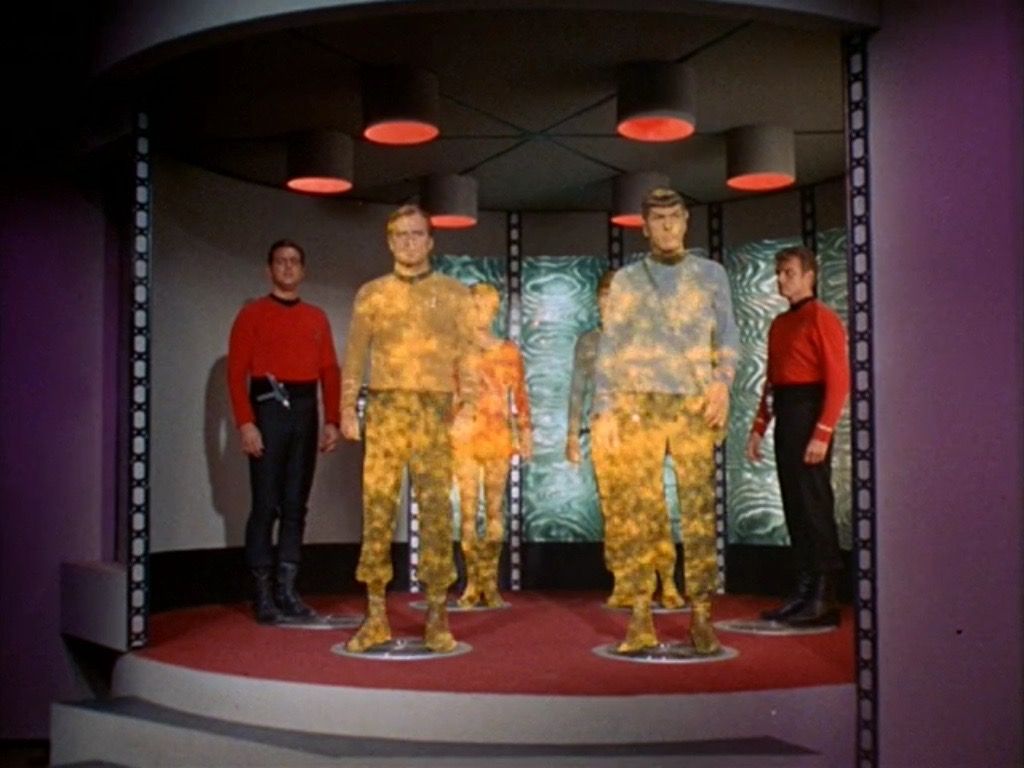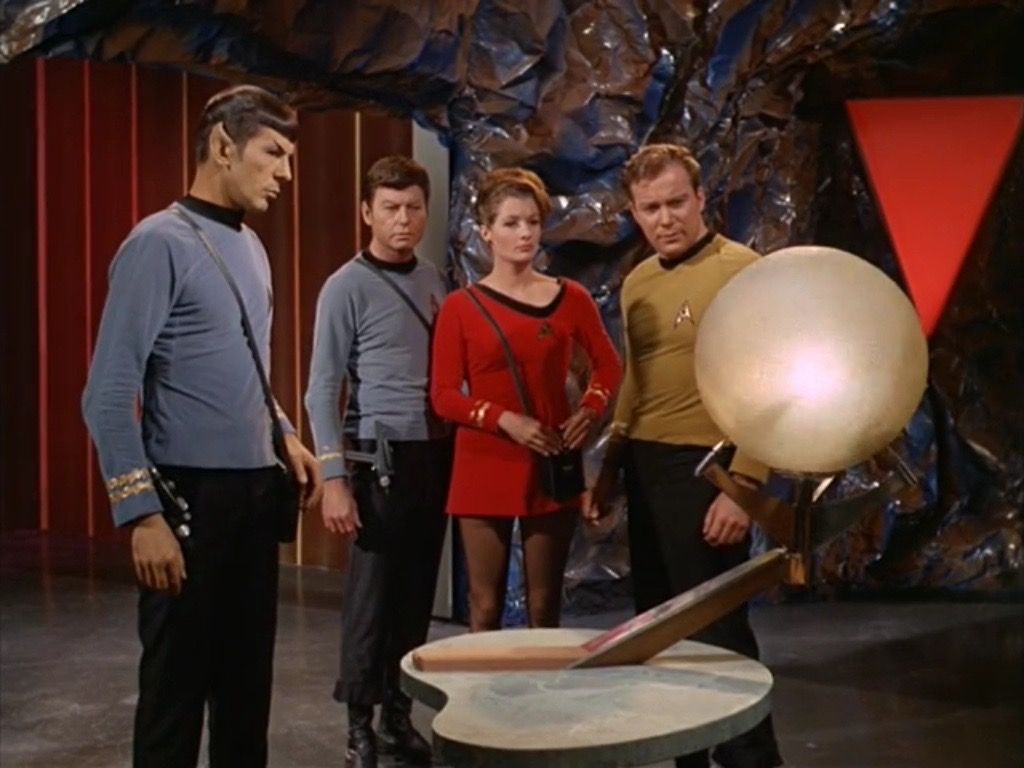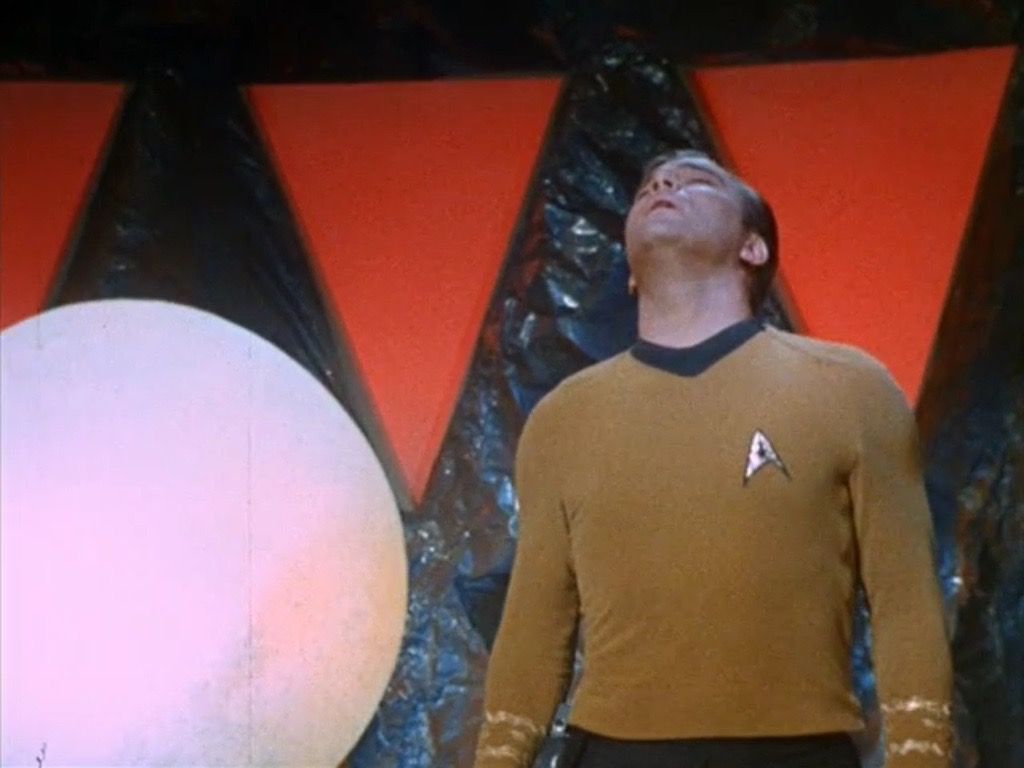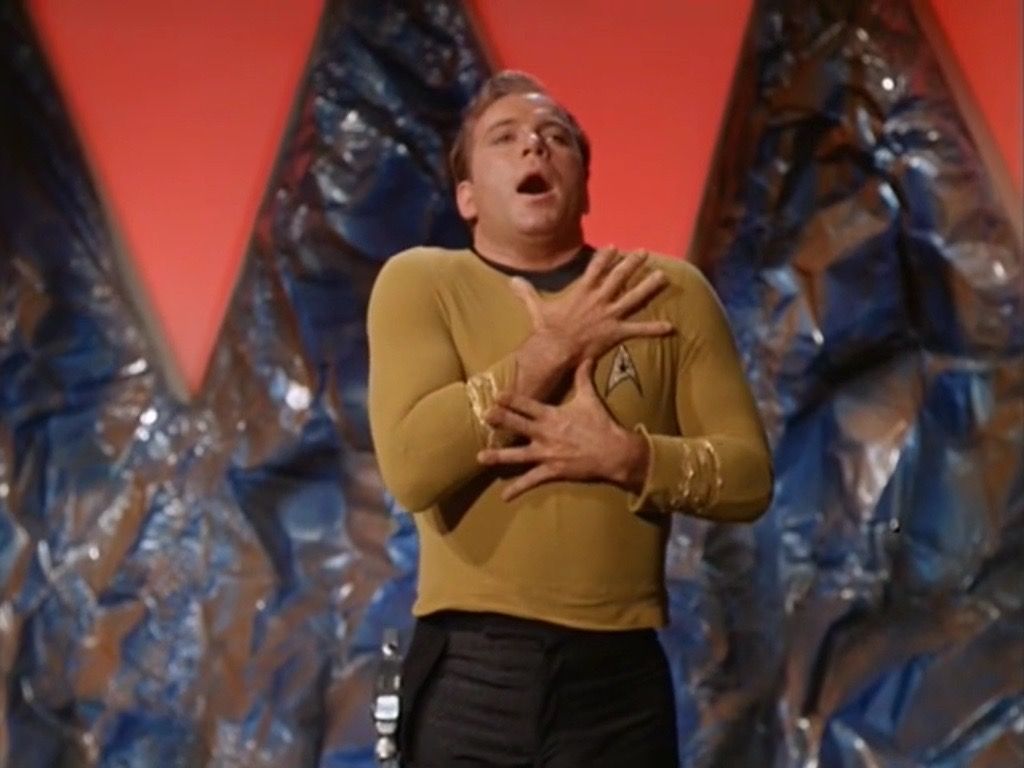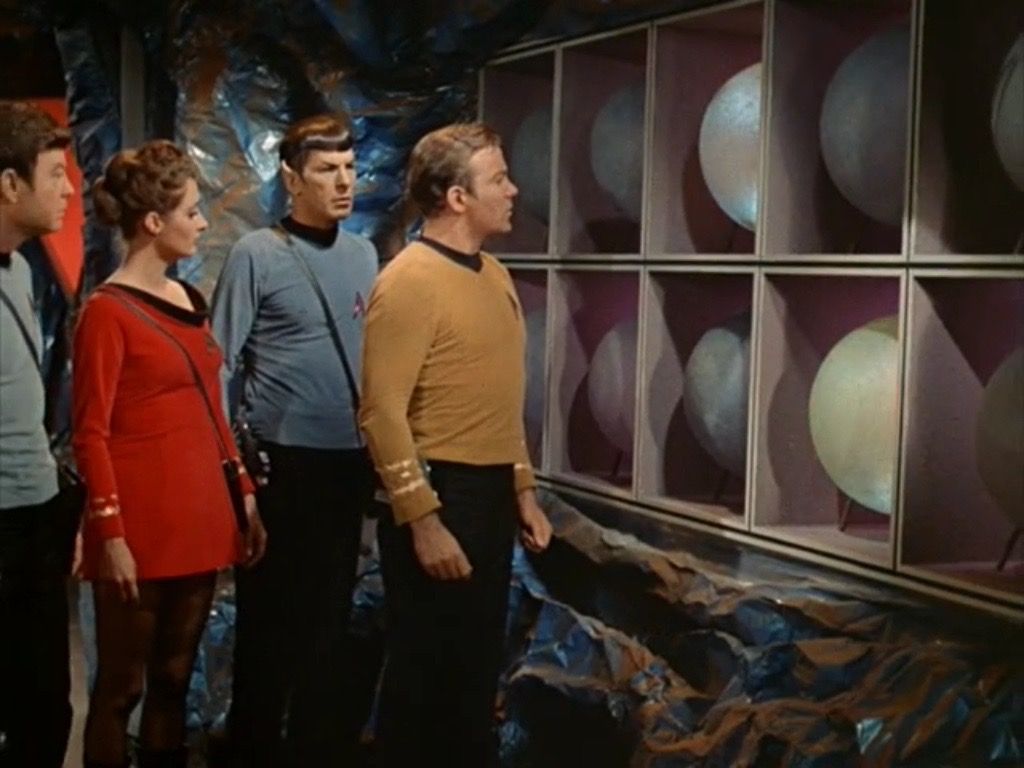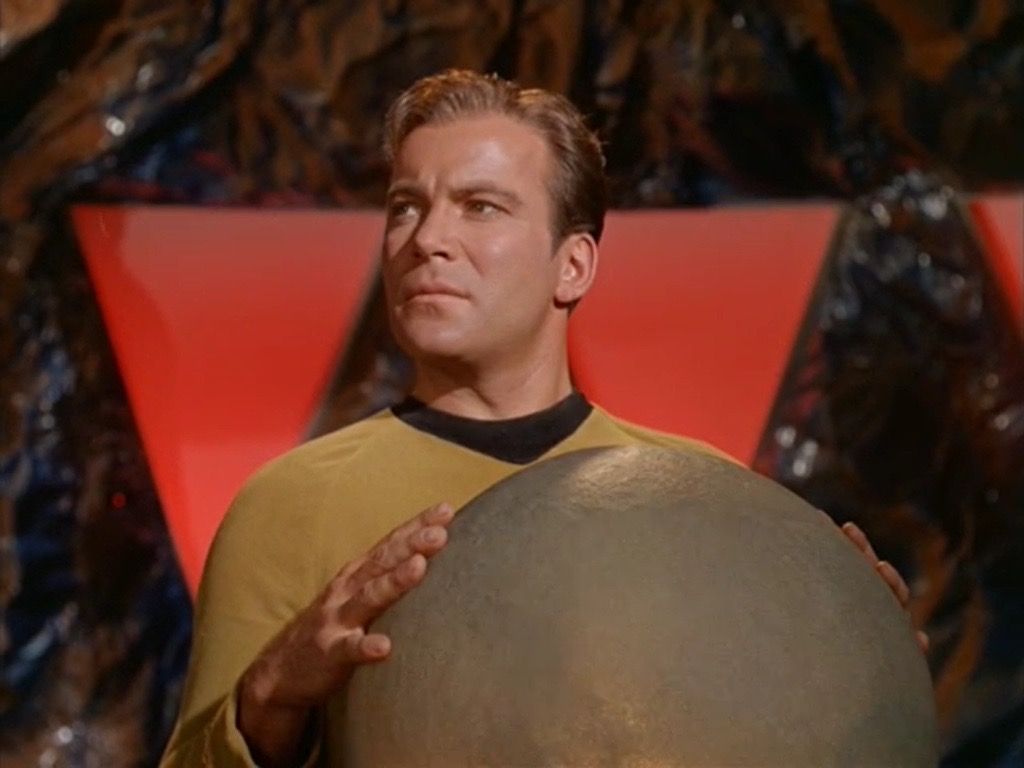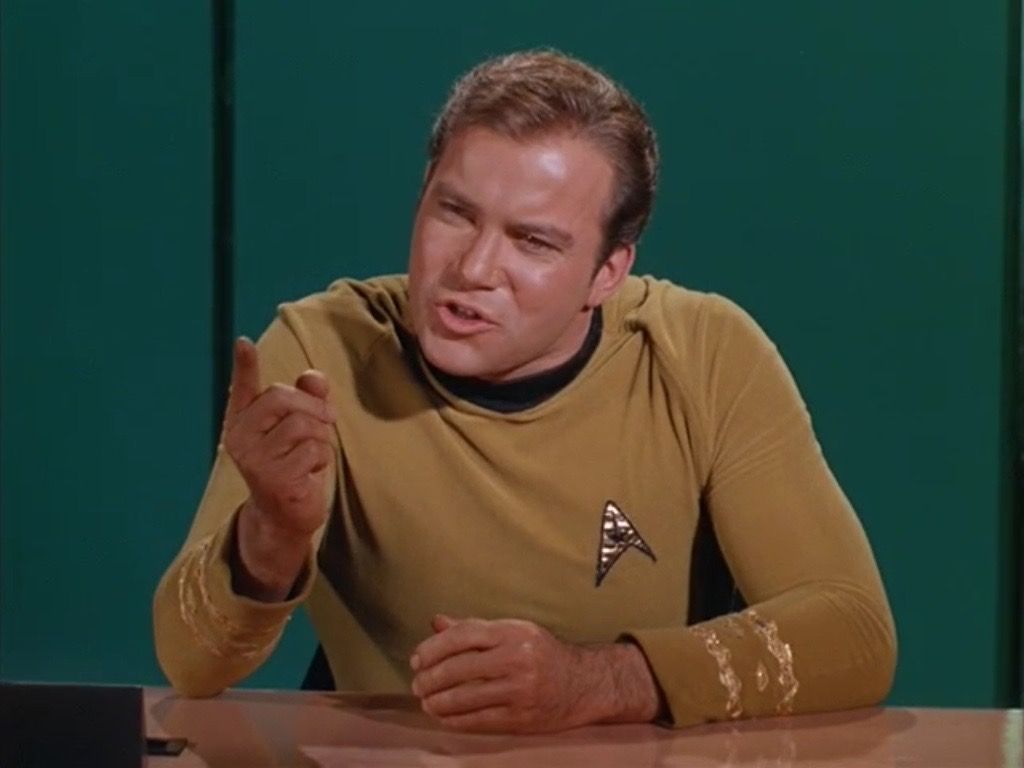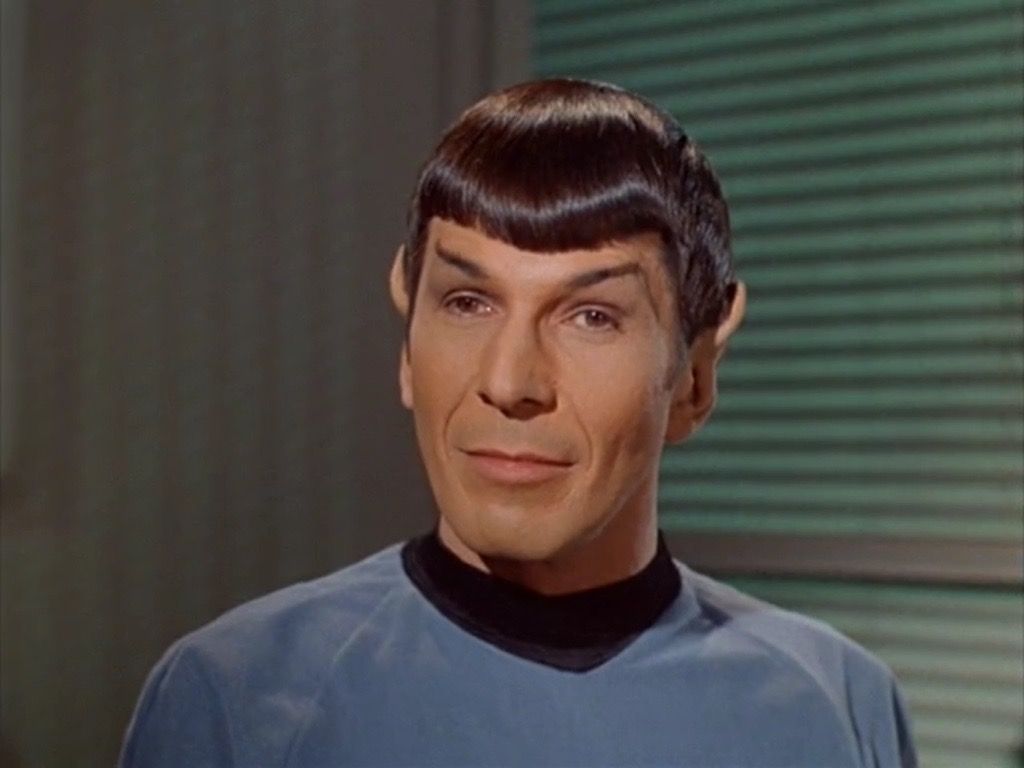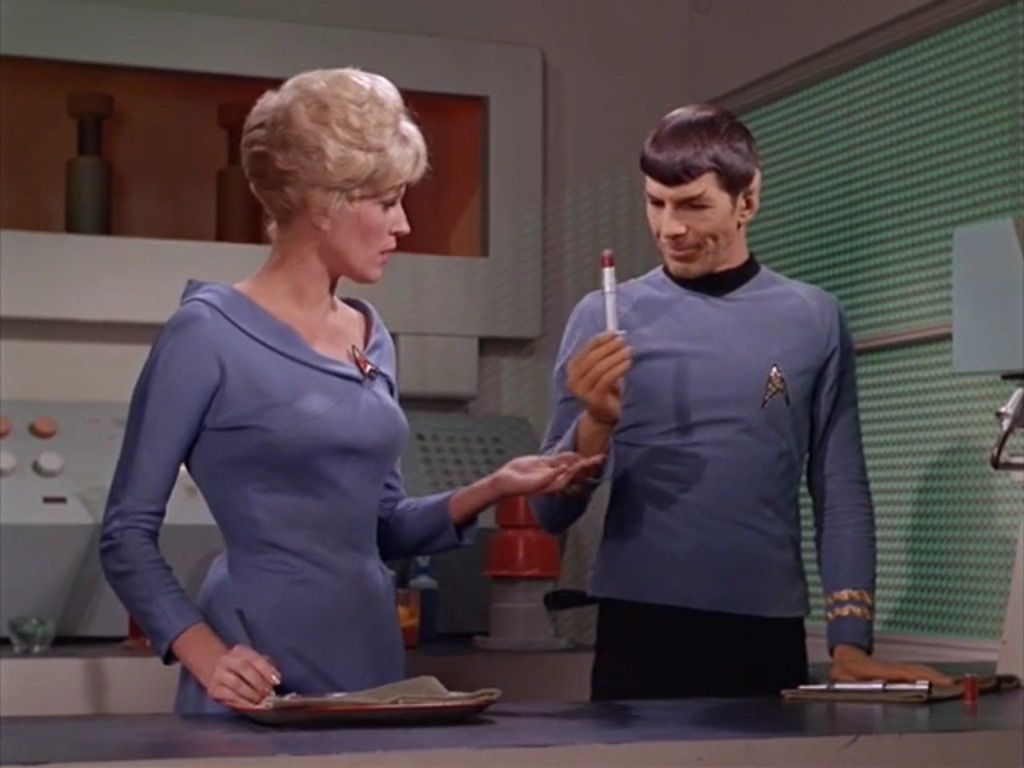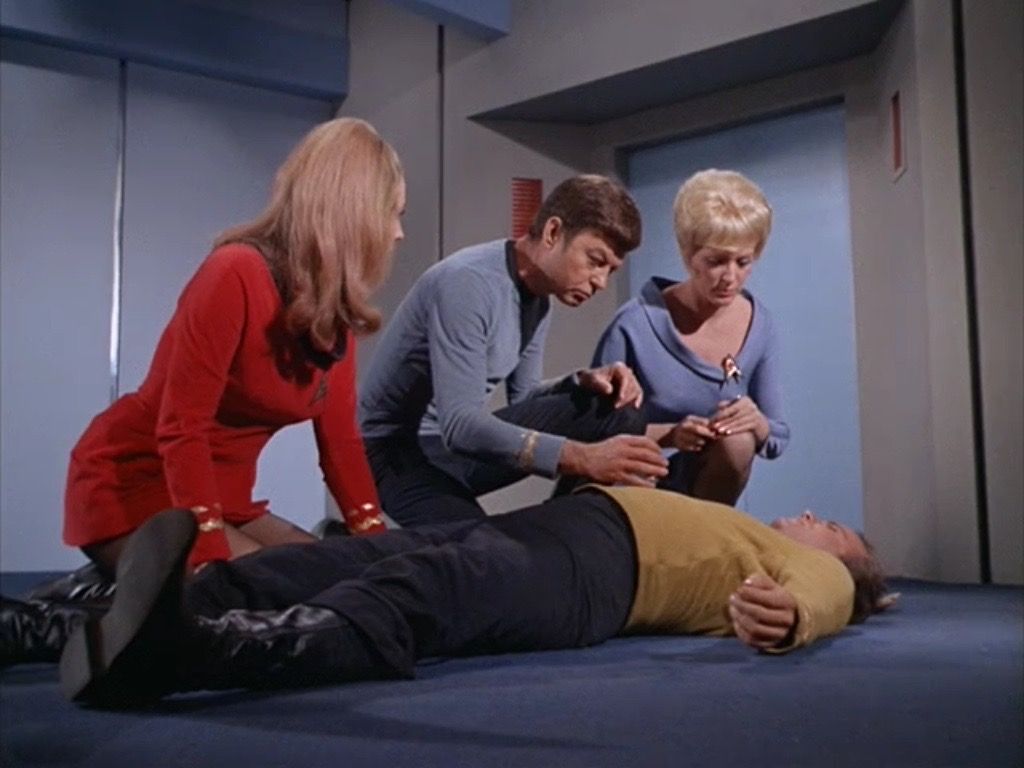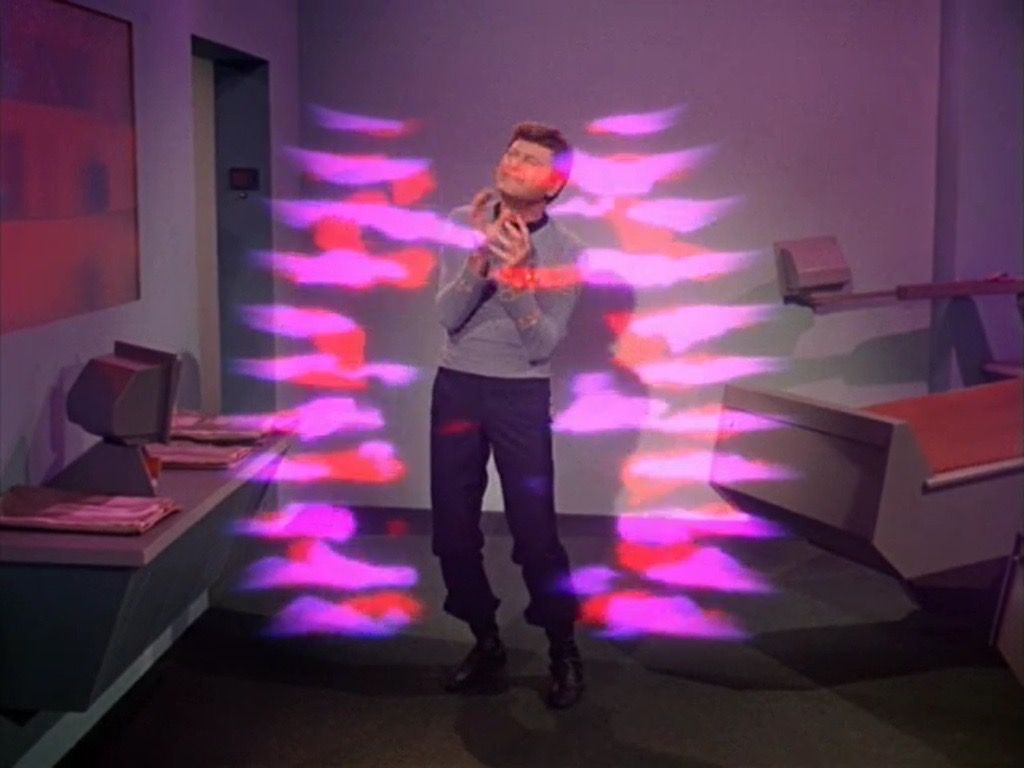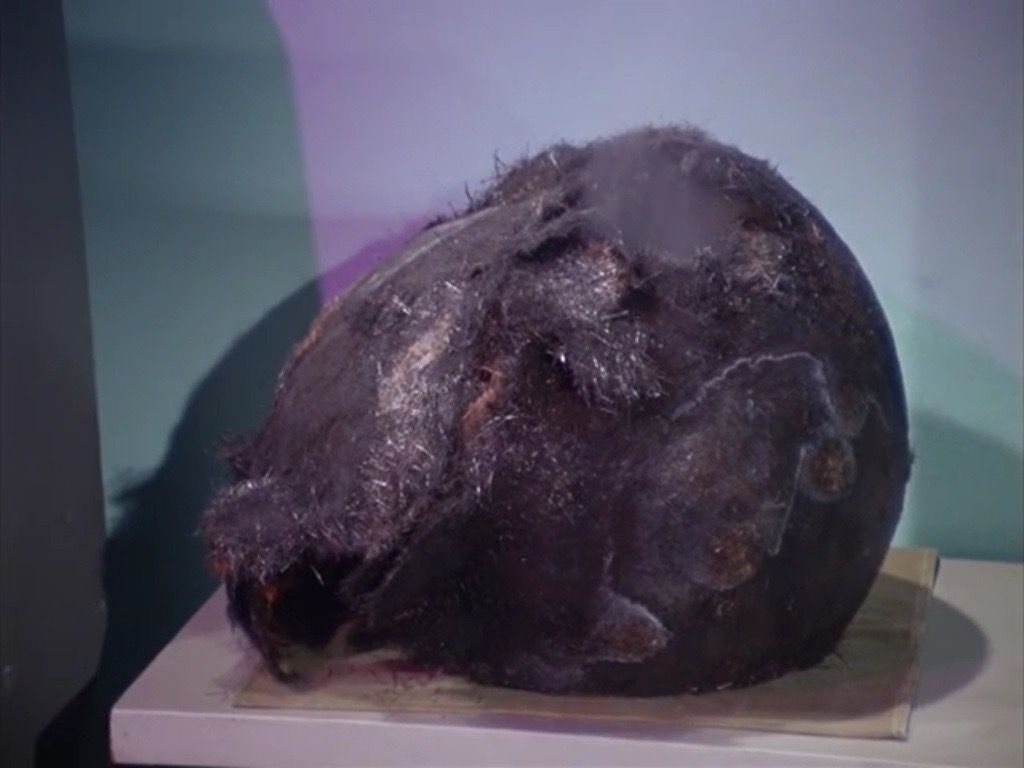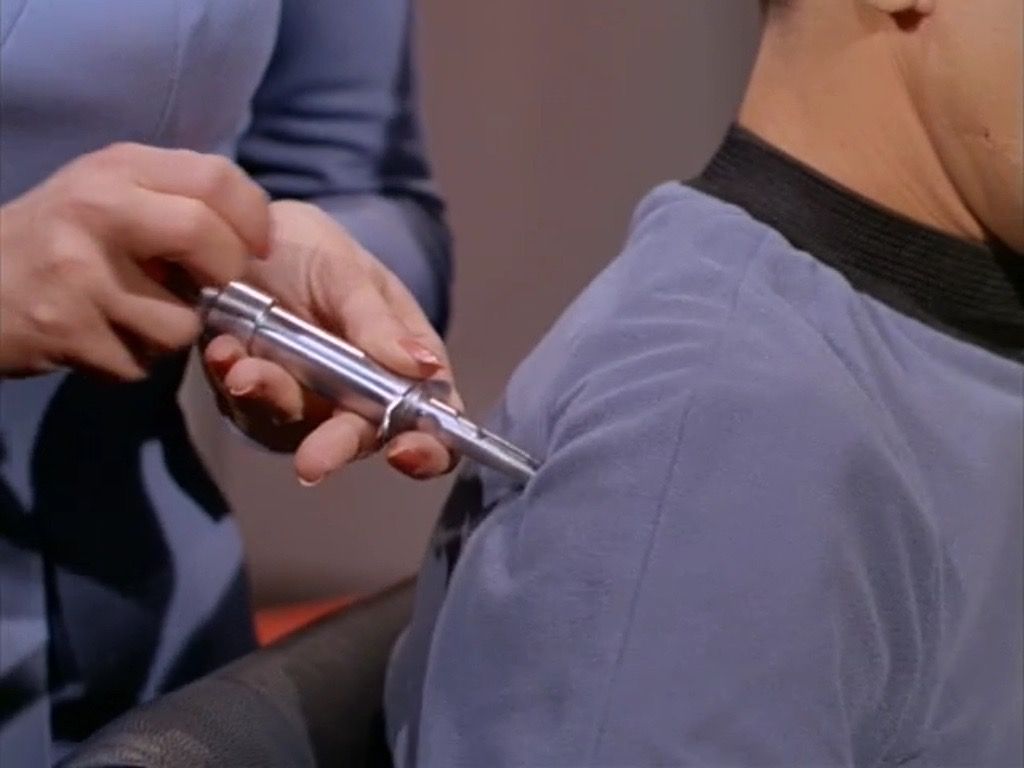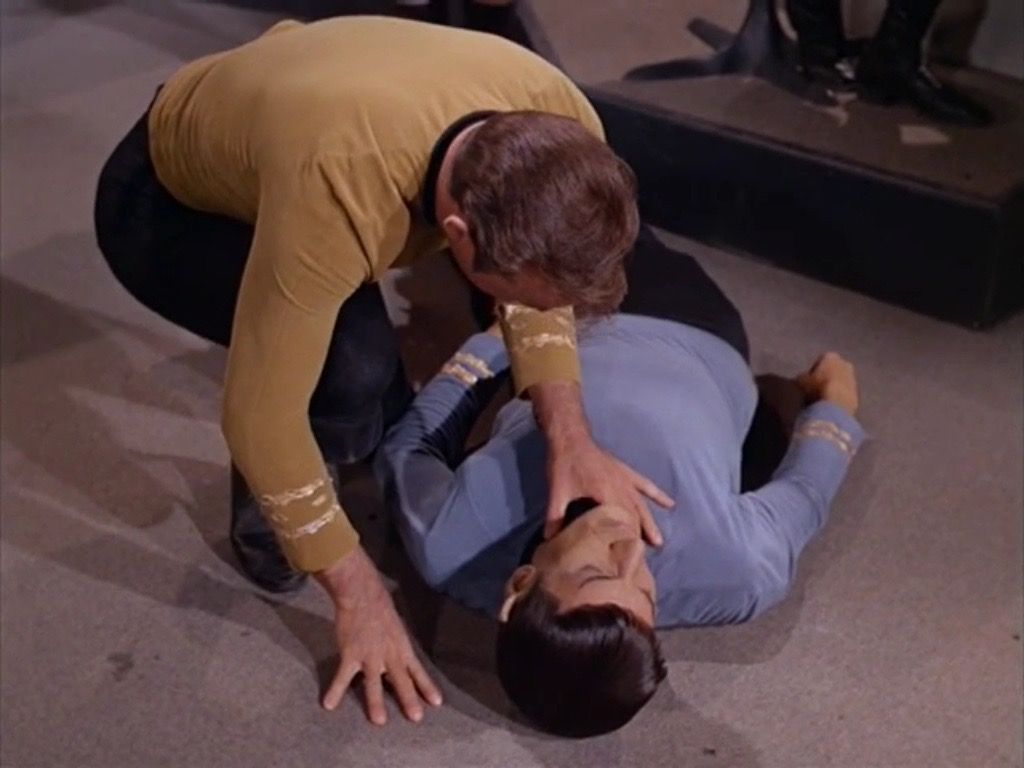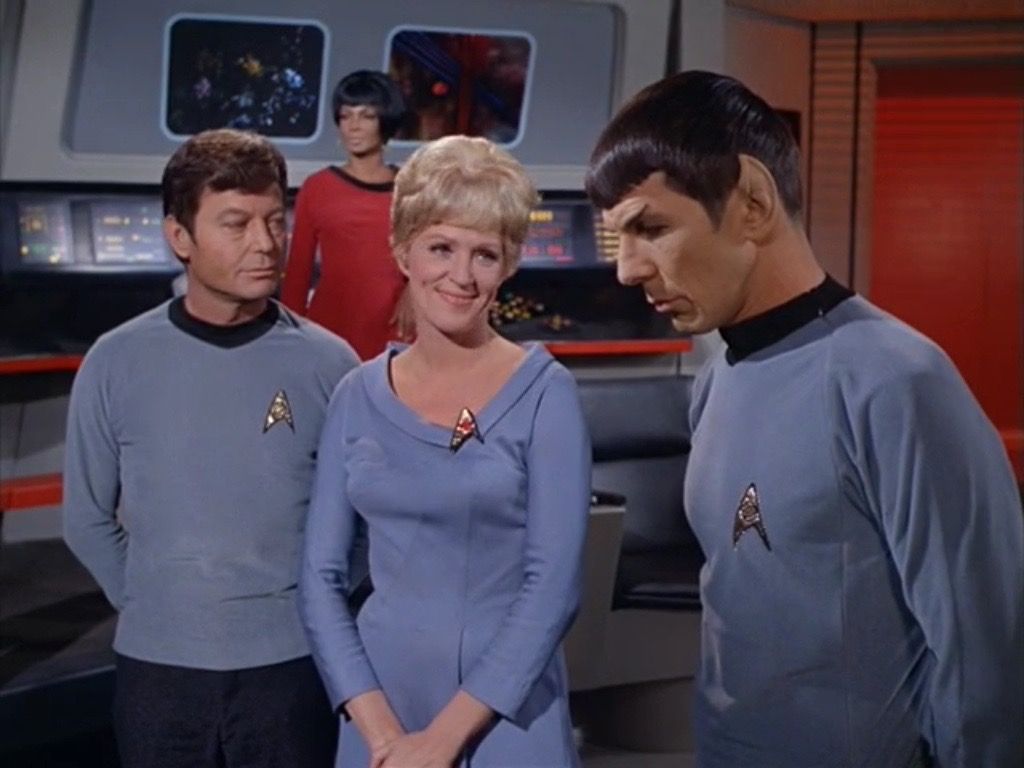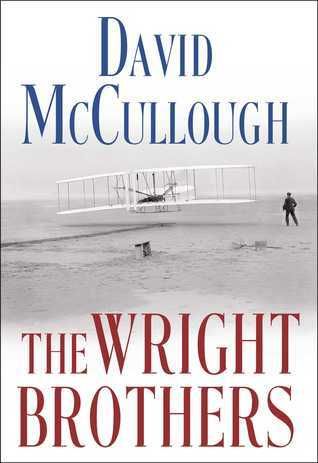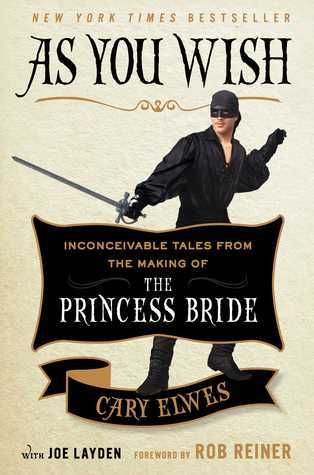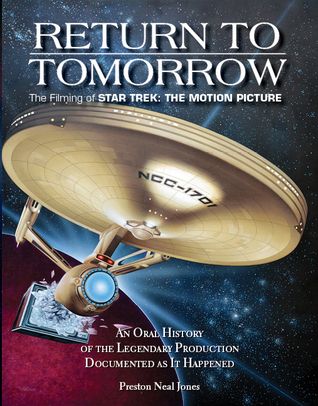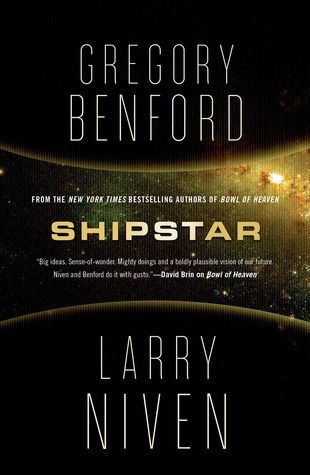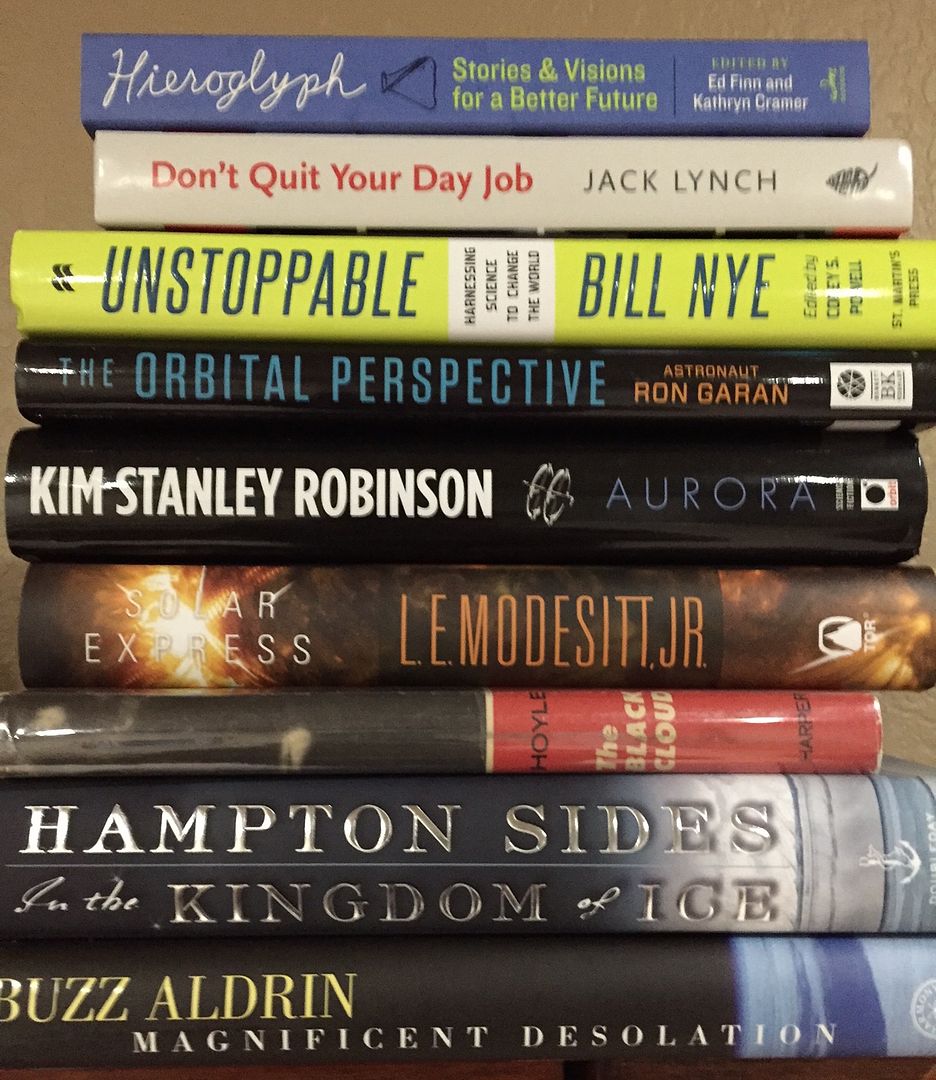I've recently discovered an app called NightCap Pro that allows you to take night sky (and other low light) images with an iPhone.
 I haven't had much in the way of clear skies lately, but I have had a chance to try to app out a bit to see what you can do with it, and I must say, that I'm impressed.
I haven't had much in the way of clear skies lately, but I have had a chance to try to app out a bit to see what you can do with it, and I must say, that I'm impressed.
The app has several modes that will appeal to those wanting to capture shots of the night sky. The shot above was my first photo with the app. It was taken in Star Mode and shows the constellation Orion. One of the great features of the app is that you can basically set the focus on your phone's camera to infinity, so you don't have to worry if your stars will be pin points or not. I wish that my DSLR had that ability, as getting a good focus at night can be challenging.
Of course, to take any night sky photos (with an iPhone or DSLR) a tripod of some kind is an absolute must. I've got a Joby for my iPhone and it is great. You can attach it to just about anything. For ease of use, I've been gripping mine to my my regular camera tripod, but my backyard fence would also do nicely.
What I especially like about the app is that you can set it to Star Trails Mode to capture long exposure photographs of the night sky. The shot above shows Orion again (with an airplane flying past Betelgeuse).
Here's a longer shot, with numerous airplane trails, pointed at Polaris, the North Star.
And another photo with Polaris at left and the stars of the Big Dipper ascending just right of middle. The Night Cap Pro app also has a mode for photographing satellites and meteors, which I have yet to try out.
Of course you'll always get better night sky pics with a DSLR camera than you will with the teeny tiny aperture that an iPhone has, but that's the point. It is impressive that you can get any star photos at all with an iPhone. That's the great thing about this app, it allows your tiny iPhone camera to do much more than it was designed to do.
I took this shot of star trails (and a meteor) over Halemaʻumaʻu Crater in Hawai'i Volcanoes National Park in the summer of 2014 with a DSLR. Next time I'm there I'll try it with my phone too.

The app has several modes that will appeal to those wanting to capture shots of the night sky. The shot above was my first photo with the app. It was taken in Star Mode and shows the constellation Orion. One of the great features of the app is that you can basically set the focus on your phone's camera to infinity, so you don't have to worry if your stars will be pin points or not. I wish that my DSLR had that ability, as getting a good focus at night can be challenging.
Of course, to take any night sky photos (with an iPhone or DSLR) a tripod of some kind is an absolute must. I've got a Joby for my iPhone and it is great. You can attach it to just about anything. For ease of use, I've been gripping mine to my my regular camera tripod, but my backyard fence would also do nicely.
What I especially like about the app is that you can set it to Star Trails Mode to capture long exposure photographs of the night sky. The shot above shows Orion again (with an airplane flying past Betelgeuse).
Here's a longer shot, with numerous airplane trails, pointed at Polaris, the North Star.
And another photo with Polaris at left and the stars of the Big Dipper ascending just right of middle. The Night Cap Pro app also has a mode for photographing satellites and meteors, which I have yet to try out.
Of course you'll always get better night sky pics with a DSLR camera than you will with the teeny tiny aperture that an iPhone has, but that's the point. It is impressive that you can get any star photos at all with an iPhone. That's the great thing about this app, it allows your tiny iPhone camera to do much more than it was designed to do.
I took this shot of star trails (and a meteor) over Halemaʻumaʻu Crater in Hawai'i Volcanoes National Park in the summer of 2014 with a DSLR. Next time I'm there I'll try it with my phone too.







